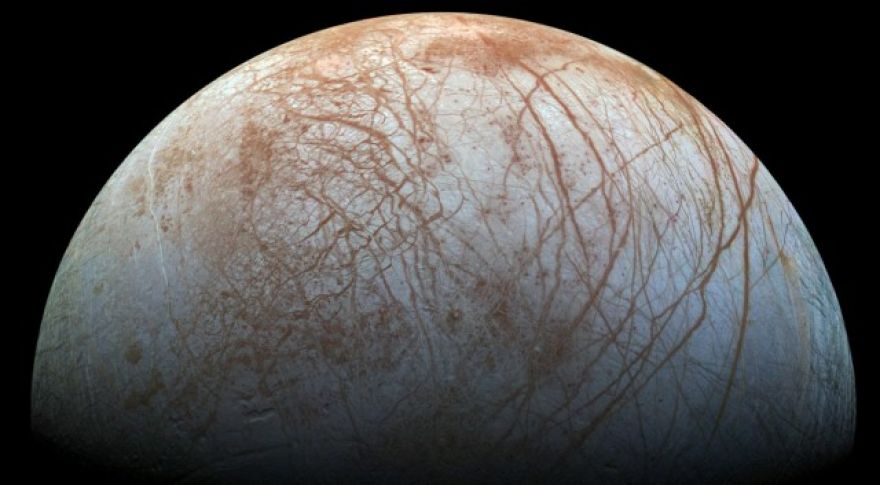
This week in space: Pluto, Europa, and 96 nanosats
India by sending 104 satellites into space in a single launch. One hundred and three of them were nanosats, but they were crated beside Cartosat-2D: a three-quarter-ton beast the Indian government is going to use for cartography, imaging and maybe weather mapping. Ninety-six of the 103 were actually American spacecraft from a company called Planet, which was founded by ex-NASA scientists to “image the entire Earth every day.” Counting the 96 new ones, that brings Planet’s constellation to 149, which is also a world record.
The latest news on is that scientists have revised the odds on its habitability, probably downward.
With love, from the "heart" of deep space.
— NASA New Horizons (@NASANewHorizons)
Also, it was an extremely schmoopy week. Given that Tuesday was Valentine’s day, everyone wanted to talk about the “” — the huge heart-shaped basin on Pluto. It’s probably filled with nitrogen ice, and it’s brightly reflective even so far away from the sun. Some scientists have speculated that Pluto could play host to a subsurface ocean, a la Enceladus and Europa.
Speaking of Europa, there’s been . NASA’s Planetary Science Division has been keen to explore Europa for a long while, because there’s a lot of evidence that it has a global saltwater ocean. The latest idea is a lander probe that could detect signs of life below the icy crust. But getting there is, as usual, no picnic. So NASA put together a team of engineers and asked them for a “workable” list of science objectives and measurements. Now that team has delivered their recommendations.
Does this count as attempting a landing? Asking for a friend.
“Given that Europa has no atmosphere,” NASA officials explain, “the team developed a concept that could deliver its science payload to the icy surface without the benefit of technologies like a heat shield or parachutes.” That science payload would include a gas chromatograph/mass spectrometer, a Raman spectrometer, a microscope, and a package, among others (PDF). The next step will be to put the matter in front of the scientific community at large, which NASA intends to do at the upcoming Lunar and Planetary Science Conference in Texas on 19 March, and then again on 23 April at the Astrobiology Science Conference in Arizona.